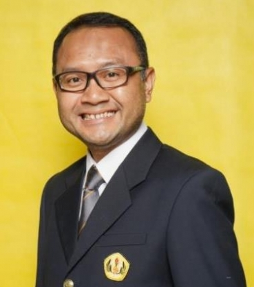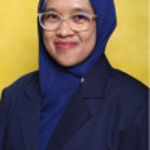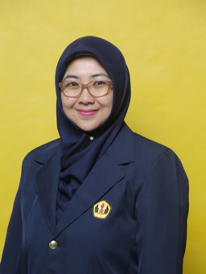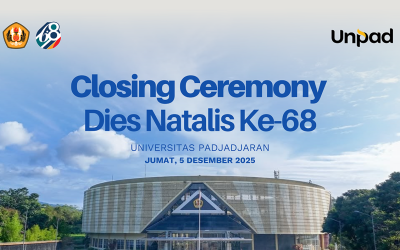The CALOHEA project unites thirty-one institutions across eight countries within ASEAN and five countries within Europe. The institutions create teams in the subject area of Civil Engineering, Medicine and Teacher Education. Together these teams form a Subject Area Group (SAG). The ASEAN University Network (AUN) acts as coordinator within the region, while the University of Groningen (RUG) is the project coordinator. Participating institutions were carefully selected over shared values and complementary expertise for maximum impact at institutional, national and regional levels. This large-scale project addresses the issues faced by institutions in the South-East Asia (SEA) Region. It specifically focuses on internationalization and the 3 Key Recognition
Mechanisms (RMs): One of the focal points of the meeting was the work conducted in Subject Area Groups (SAG). The participants delved into their respective SAG to focus on each RM, starting with RM1: the creation and use of Regional Subject-Specific Qualifications and Assessment Reference Frameworks to enable greater comparability of institutional degree programs, RM2: installment of the culture of student workload measurement as an integral part of curriculum design and RM3: implementation of authentic assessment of internationally comparable learning outcomes in degree programs.
These are our testimonial after joining the project so far:
Joining CALOHEA at first opened up our opportunities for collaboration not only with the same institutions from Indonesia, but also with international institutions from Malaysia, Philippines, and Vietnam. Of course, it will be an opportunity for us to nurture our collaborations not only in CALOHEA but also in other fields. Especially for the recognition mechanisms, it allows us to reflect on our curriculum, our framework, our student workload, and also about the assessment, is it authentic or not authentic? And we also can give comparisons to how our curriculum is with other countries and other institutions. Building regional subject specific qualifications and assessment reference frameworks enables us to make an appropriate comparison of desired graduates profiles with the help of CALOHEA Reference Frameworks. This is exactly what we need since our University now is in full speed toward internationalization.
Mohammad Ghozali, Head of International Unit of Faculty of Medicine Unversitas Padjadjaran
Measuring student workload in medical education is essential for fostering an environment conducive to effective learning, maintaining student well-being, ensuring academic success, supporting fair assessments, enhancing institutional reputation, facilitating continuous improvement, and promoting equity and inclusion. It is a critical component in preparing future medical professionals to meet the demands of their profession while maintaining a sustainable and fulfilling career. But on the other side, measuring students’ workload in medical education is a multifaceted challenge that requires careful consideration of diverse learning activities, individual differences, subjective reporting, the integration of quantitative and qualitative data, curriculum dynamics, external factors, and technological and logistical issues. Addressing these challenges is essential to develop effective workload measurement strategies that can support student well-being, enhance learning outcomes, and ensure the delivery of high-quality medical education. RM2 from the CALOHEA project inspires us with possible methods to objectively measure students’ workload. And we eventually implemented some methods from RM2 experience to our students’ e-portfolio.
Nita Arisanti, Head of the Profession Program of Faculty of Medicine Unversitas Padjadjaran
We learn from each other! For me, the most important benefit is the ability to collaborate with our fellow HEI in the medicine field. When we are discussing RM3 regarding authentic assessment, there are tons of inspirations in terms of authentic assessment. Our school finally implemented P-max and T-mex thankfully because of this project.
Yuni Susanti Pratiwi, Head of the Bachelor Program of Faculty of Medicine Unversitas Padjadjaran









0 Comments